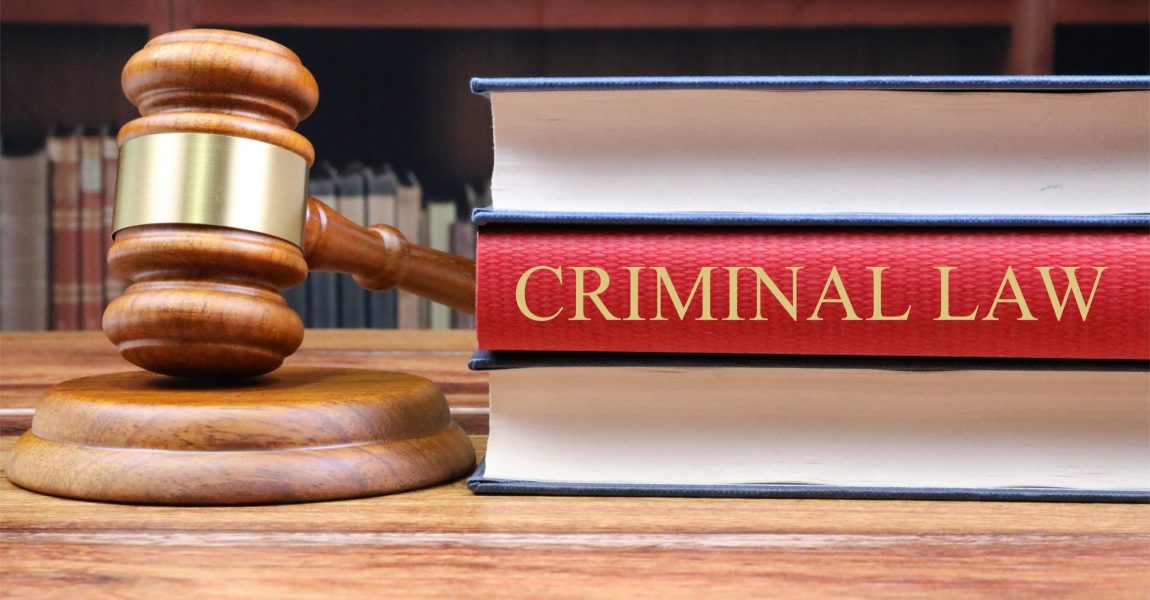
- November 3, 2022
- |Concise Law Reports (CLR), Criminal Law And Procedure
CRIMINAL PROCEDURE – REVIEW – INQUIRY MUST BE CONDUCTED BEFORE DECLARATION OF UNFITNESS TO POSSESS FIREARM AFTER CONVICTION
The unrepresented accused appeared in the magistrate’s court for the district of Outapi, held at Ruacana, on a charge of contravening section 2 read with section 1, 38(2) and 39 of Act 7 of 1996 as amended – possession of a firearm without a licence where he pleaded guilty and was convicted in terms of section 112 (1) (b) of the Criminal Procedure Act 51 of 1977 (the CPA). He was then sentenced and the matter finalised. The conviction and sentence were proper and were accordingly confirmed.
The matter came before the reviewing court in terms of section 302(1) of the CPA and the court observed that the annexure alleged unlawful possession of a firearm and that the accused also possessed 3 live rounds of ammunition. The court did not take this issue up with the Magistrate because it was satisfied with the questioning on the offence of unlawful possession of a firearm. However, the court highlighted this issue for the benefit of the Prosecutors and Magistrates to make it clear that these two offences cannot be compounded into a single charge.
The second issue in this matter was addressed in the following query directed to the Magistrate: ‘Explain whether the provisions of both section 10 (6) and 10 (7) of the Arms and Ammunitions Act 7 of 1996 were brought to the attention of the accused and whether he was afforded an opportunity to advance reasons and present evidence why he should not be declared or deemed to be declared unfit to possess an arm after conviction.’ The Magistrate responded that ‘… regarding the application of Section 10(6) and 10 (7) of the Act 7 of 1966, such query was done in court, the issue is that the Magistrate failed to reflect such on record.’ (SIC).
Per SALIONGA J (KESSLAU AJ concurring):
‘[5] Apart from the Prosecutor’s application that the accused should be declared unfit to possess a firearm there is no indication on the case record that such inquiry was conducted by the Magistrate…
[6] The…provisions and specifically 10(7) is peremptory and places a duty on the Magistrate to hold an inquiry before an accused is deemed or declared unfit to possess a firearm in terms of section 10(6) … These two provisions not only place a duty on the Magistrate but create rights and choices for the accused that has been convicted to either just advance reasons or give evidence why he/she should not be declared or deemed as aforesaid. Evidence maybe adduced in different ways. Where an accused person has a right that he has to exercise, it is very important that such right is brought to his/her attention and the manner in which such a right is to be exercised should equally be explained and reflected ex facie on the record.
[7] It is trite that Magistrate’s courts are courts of record. It cannot be emphasized enough that it is incumbent on Magistrates to keep proper records of proceedings. ‘It serves in review matters to properly inform the reviewing judges of the facts and principles to determine if the matter was disposed of in accordance with justice’ (S v Hanse CR 105/2021) [2021] NAHCMD 521 (09 November 2021). Inquiries such as that envisaged in section 10 are conducted to determine issues of substance that borders on individuals’ rights and have to be conducted in terms of specific procedures to minimise any prejudice that may result from any resultant order thereof. No explanation was recorded of the accused’s rights in terms of this section despite the allegation that this was made. His response to the explanation or choice is also not recorded. Strangely there is no single trace of the whole inquiry on the case record apart from the application by the Prosecutor and the declaratory order.
[8] In… S v Frederick (CR 76/2020) [2020] NAHCMD 459 (6 October 2020) …it was held that a Magistrate has a duty to keep an unrepresented accused informed of procedural rights and to keep record thereof. In that case, the magistrate failed to record the explanations of the procedural rights, but merely recorded those rights in cross-examination, mitigation rights, and review and appeal rights were explained to the accused, without recording or stating the exact and detailed explanation given to the accused. In that case it was held that the details of the explanations should appear ex facie the record (S v Daniels 1983 (3) SA 275 A) which was not properly done in that matter and the court found that it amounted to an irregularity.
[9] The above principles are sound in both law and logic. Although not specifically dealing with the issues of procedural rights as above, it cannot equally be assumed by this court that an explanation was properly given and in what terms in this specific matter. This court cannot assume facts which are not part of the record and consequently I will have to lean more towards a finding that the provisions of section 10 were not properly applied. For the aforesaid reasons the matter was remitted for the Magistrate to properly apply and conduct the said enquiry.
S v Kapelema (CR 61-2022) [2022] NAHCNLD 119 (03 November 2022)